Python
RealPython
371

Image Credit: RealPython
Python Project: Build a Word Count Command-Line App
- Practice exercise to build a simplified version of the Unix wc command using Python.
- Tasks include reading content from files/stdin, counting lines, words, and bytes, handling Unicode, and implementing command-line arguments.
- Utilizes Python standard library modules like pathlib and argparse.
- Provides detailed instructions, examples, automated feedback, and support for learners.
Read Full Article
22 Likes
RealPython
43

Image Credit: RealPython
How to Find an Absolute Value in Python
- Learn how to work with absolute values in Python using the built-in abs() function for numbers, arrays, and custom objects.
- Implement the absolute value function from scratch, use abs() with numbers, and customize its behavior for data types like NumPy arrays and pandas Series.
- Python's abs() function efficiently handles integers, floating-point numbers, complex numbers, and more.
- NumPy and pandas extend the abs() function to work directly with arrays and Series.
- Customize the behavior of abs() for your own data types by implementing the .__abs__() method.
- The abs() function can process fractions and decimals from Python's standard library.
- Absolute value helps determine the magnitude of an object, like a number or vector, regardless of direction.
- Absolute value function in Python can be implemented using conditional statements or mathematical operations.
- Visualizing absolute value as the distance from the origin on a number line or in multi-dimensional space like vectors.
- Understand how to calculate the length or magnitude of vectors using Euclidean norm.
Read Full Article
2 Likes
Dev
170

Image Credit: Dev
Dumping Credentials with Python: Automating LSASS Access and Credential Extraction Post-Exploitation
- Accessing LSASS in post-exploitation scenarios provides valuable data such as passwords, hashes, and credentials, making it a prime target for red teamers and attackers.
- Extracting data from LSASS with Python offers a powerful tool for red teamers, giving insight into detection and defense measures that might obstruct such attempts.
- LSASS plays a crucial role in storing authentication artifacts, enabling attackers with the right access to perform pass-the-hash or pass-the-ticket attacks.
- Microsoft has hardened LSASS against unauthorized access through measures like running it as a Protected Process Light and utilizing Virtual Secure Mode.
- Python-based approaches for LSASS dumping include direct memory access using ctypes and Windows APIs, minidump creation with MiniDumpWriteDump, and parsing dumps with pypykatz.
- Evasion techniques to stay stealthy during credential dumping involve using legitimate processes, forking LSASS, and avoiding disk I/O to prevent detection.
- Python's flexibility allows red teamers to automate LSASS credential extraction quietly and efficiently, navigating the evolving landscape of detection by defenders.
- Understanding the mechanisms of LSASS credential extraction and employing evasive workflows are essential for red teamers to maintain their capabilities effectively.
- Automating LSASS credential dumping using Python provides red teamers with a potent capability when executed with precision and stealth.
- LSASS access and credential extraction offer red teamers key insights into Windows systems, enabling them to navigate networks effectively and escalate privileges.
- For further information and updates, follow DevUnionX at https://x.com/DevUnionX.
Read Full Article
10 Likes
Medium
375
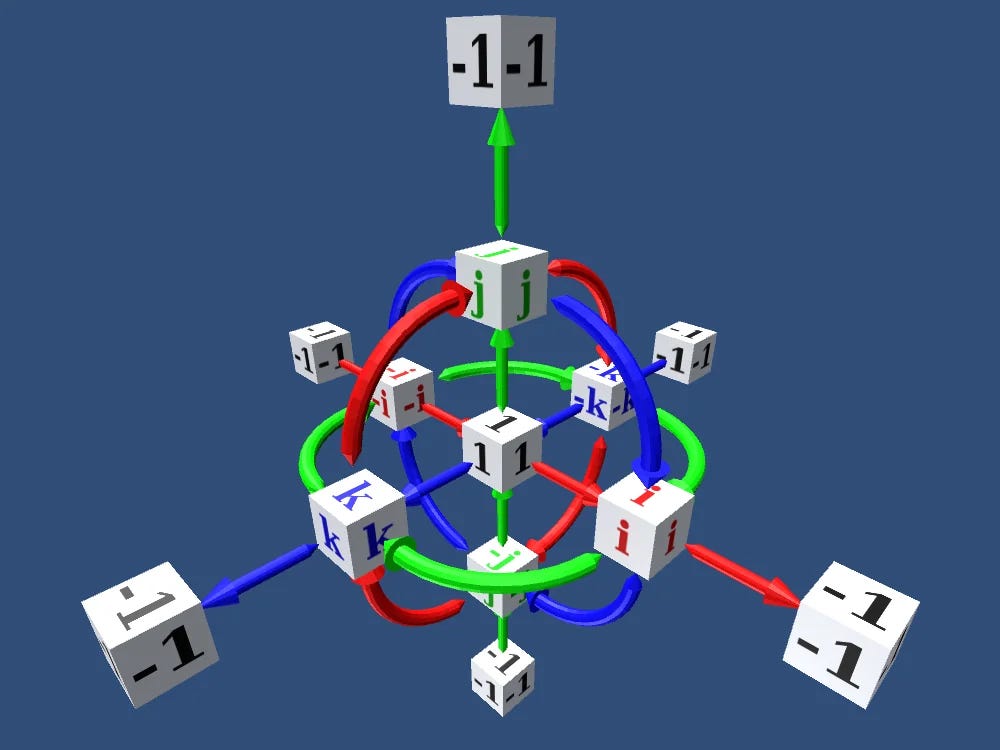
Image Credit: Medium
Quaternions: Creating a Class Using Dunder Methods in Python
- Quaternions are an extension of complex numbers and are useful in computer graphics for transformations.
- Creating a custom Quaternion class in Python involves implementing dunder methods for various operations.
- The __init__ method initializes Quaternion variables, checking for valid input types like ints and floats.
- The __str__ method converts Quaternions into readable strings using list concatenation.
- __repr__ method represents Quaternions for easily replicating objects with eval function.
- Arithmetic operations like addition, subtraction, multiplication, and division are implemented using dunder methods.
- Handling different data types like complex numbers, ints, and floats in arithmetic operations requires type checks.
- Additional methods for right hand operations, in-place operators, and comparison operators are implemented.
- Class methods are utilized for static functions like converting to/from ints and floats and creating identity Quaternions.
- Dunder methods simplify development by leveraging built-in operators, reducing additional methods needed for custom classes.
Read Full Article
22 Likes
Discover more
Medium
323
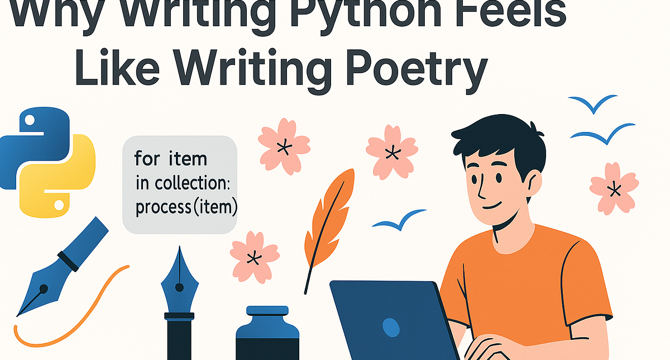
Image Credit: Medium
Why Writing Python Feels Like Writing Poetry
- Writing Python feels like writing poetry due to its focus on readability, clarity, and simplicity.
- Python is designed to prioritize clarity and simplicity, a philosophy established by Guido van Rossum.
- The Python community upholds the value of readability and simplicity, evident in the Zen of Python guiding aphorisms.
- Python's language design emphasizes clarity, where form emerges from meaning and every word has significance.
Read Full Article
19 Likes
Medium
65

Image Credit: Medium
An Easy End-To-End Machine Learning Project In Python (Perfect For Beginners!) (1/2)
- Beginners in machine learning can approach the process by breaking it into manageable steps.
- This article guides you through a machine learning project in Python using real-world data.
- The project involves predicting housing prices in California using census data.
- It is a supervised multiple regression problem with batch learning approach.
- Performance measure like RMSE is used to evaluate the model.
- Exploratory data analysis includes understanding dataset characteristics and distributions.
- Stratified sampling is recommended for creating a reliable test set.
- Correlation analysis helps in identifying key features like median income for prediction.
- Creating new attributes like bedrooms_per_room can enhance model performance.
- Iterative exploration and model refinement are essential steps in a machine learning project.
Read Full Article
3 Likes
RealPython
218
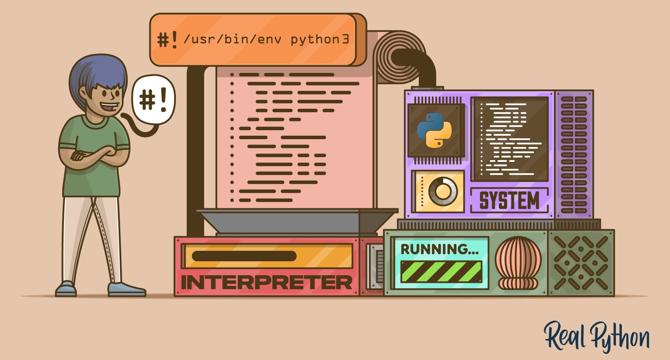
Image Credit: RealPython
Execute Your Python Scripts With a Shebang
- Shebang line (#!) in shell scripts specifies the path to the interpreter to execute the file.
- It allows running Python scripts directly without explicitly calling the Python interpreter.
- Include shebang for scripts requiring direct execution but not for import-only modules.
- Best practices involve using /usr/bin/env for portability and ensuring script executability.
Read Full Article
13 Likes
Medium
1.6k
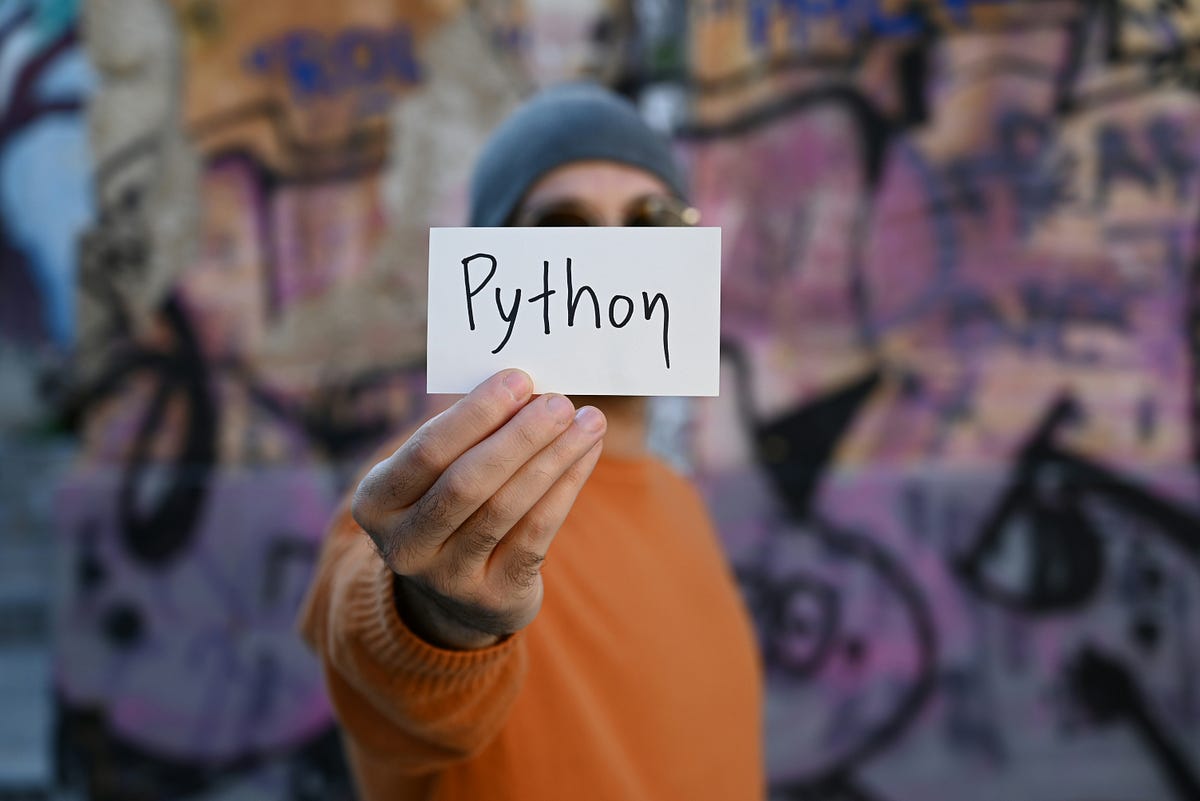
Image Credit: Medium
What is Python? Easy Guide for Beginners
- Python is a popular programming language used to tell a computer what to do.
- Python is flexible and used by big companies like Google, Instagram, and Netflix.
- You can start learning Python for free and it's a great way to start your programming journey.
- If you can write a sentence in English, you can write a program in Python.
Read Full Article
11 Likes
Medium
385
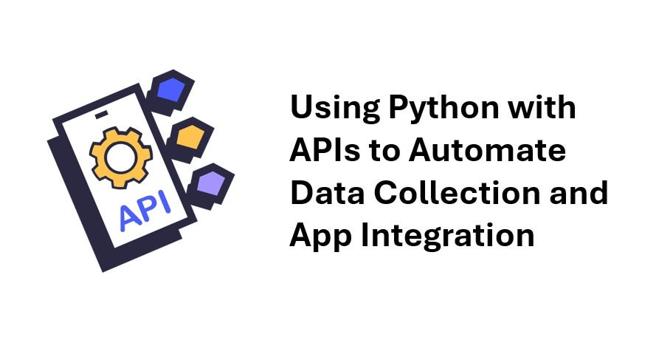
Image Credit: Medium
Using Python with APIs to Automate Data Collection and App Integration
- Python is commonly used to work with APIs and automate data collection.
- APIs are a set of rules that describe how one system can request information from another using HTTP as the transport layer and often dealing in JSON data.
- When making an API call, you send a request, the server validates it, and sends back a response which can be data like current weather, stock prices, or user lists.
- APIs often require authentication through methods like API keys, bearer tokens, or client credentials to access data securely.
Read Full Article
23 Likes
Dev
70

Image Credit: Dev
Download YouTube Videos in 8K with Python: A Beginner-Friendly Guide Using yt-dlp
- This guide explains how to download YouTube videos in ultra-HD (up to 8K) quality using Python and yt-dlp library.
- The script utilizes yt-dlp, a powerful fork of youtube-dl, and ensures proper integration of FFmpeg for merging high-quality audio and video.
- Steps include setting FFmpeg path, configuring yt-dlp options for best video and audio quality, specifying output format, and running the script with the desired video URL.
- By following the steps and running the script, users can download and merge the best available video and audio, including 8K quality if the source supports it.
Read Full Article
4 Likes
Dev
368

Image Credit: Dev
🎁 Beginner-Friendly Guide to Solving "Maximum Candies You Can Get from Boxes" | LeetCode 1298(C++ | JavaScript | Python)
- LeetCode 1298 – Maximum Candies You Can Get from Boxes is a graph traversal problem to maximize collected candies by strategically opening boxes and using keys.
- Key observations suggest using BFS/Queue for exploring boxes level by level and revisiting locked boxes once the right key is found.
- The strategy involves using a queue to explore openable boxes, tracking opened boxes, collecting candies, and managing keys.
- Code implementations provided in JavaScript (ES6+), Python, and C++ offer solutions to the problem for learners at any level.
Read Full Article
22 Likes
Dev
118

Image Credit: Dev
Pure Python HTTP Server with Sockets – A Deep Dive into Web Server Internals
- The article discusses the integration of TCP connection pooling based on WSGI in Python to enhance the performance of web applications interacting with external services.
- WSGI serves as a standard interface between Python web applications and servers, facilitating compatibility among various web servers and frameworks.
- TCP connection pooling optimizes network communication by pre-establishing connections, reducing latency and resource consumption.
- The implementation involves initializing the pool, handling requests, managing connections, and ensuring efficient operation.
- The provided Python code includes classes for TCPConnectionPool and TCPConnectionPoolMiddleware to manage connections and middleware logic.
- The TCPConnectionPool class handles connection initialization, retrieval, release, and closure to maintain a pool of connections.
- The TCPConnectionPoolMiddleware class integrates the connection pool with WSGI application logic for request processing.
- Code analysis suggests improvements such as implementing connection health checks, dynamic pool size adjustment, and enhanced exception handling.
- Optimization directions include adding connection health checks to ensure connection validity and dynamically adjusting pool size based on load.
- In conclusion, the article emphasizes the importance of TCP connection pools for building high-performance Python web applications interacting with diverse network services.
Read Full Article
7 Likes
Feedspot
223

Image Credit: Feedspot
Java vs Python? Which Programming Language You Should Learn?
- The debate between Java and Python is similar to 'tabs vs spaces' or 'light mode vs dark mode' in the programming world.
- The choice between Java and Python depends on what you want to build, development speed, and career goals.
- Java, created in 1995, is used for enterprise applications, backend systems, and Android development with core values of reliability, portability, and security.
- Python, introduced in 1991, focuses on making programming accessible and enjoyable with a clean syntax and ease of learning.
- Java is a compiled language with the 'Write Once, Run Anywhere' feature, while Python is an interpreted language known for its simplicity and readability.
- Compiled languages like Java prioritize speed and efficiency, while interpreted languages like Python offer convenience and quick iteration.
- Java follows a two-step execution process converting code into bytecode running on the JVM, while Python executes code line by line.
- Java is faster due to JIT compilation, ideal for high-performance applications, while Python is slower but excels in AI, data science, and web development.
- Java requires static typing for variables, enhancing reliability, while Python's dynamic typing speeds up development.
- Java's memory management via JVM and Python's reliance on reference counting differ in efficiency, affecting large-scale applications.
Read Full Article
13 Likes
RealPython
228
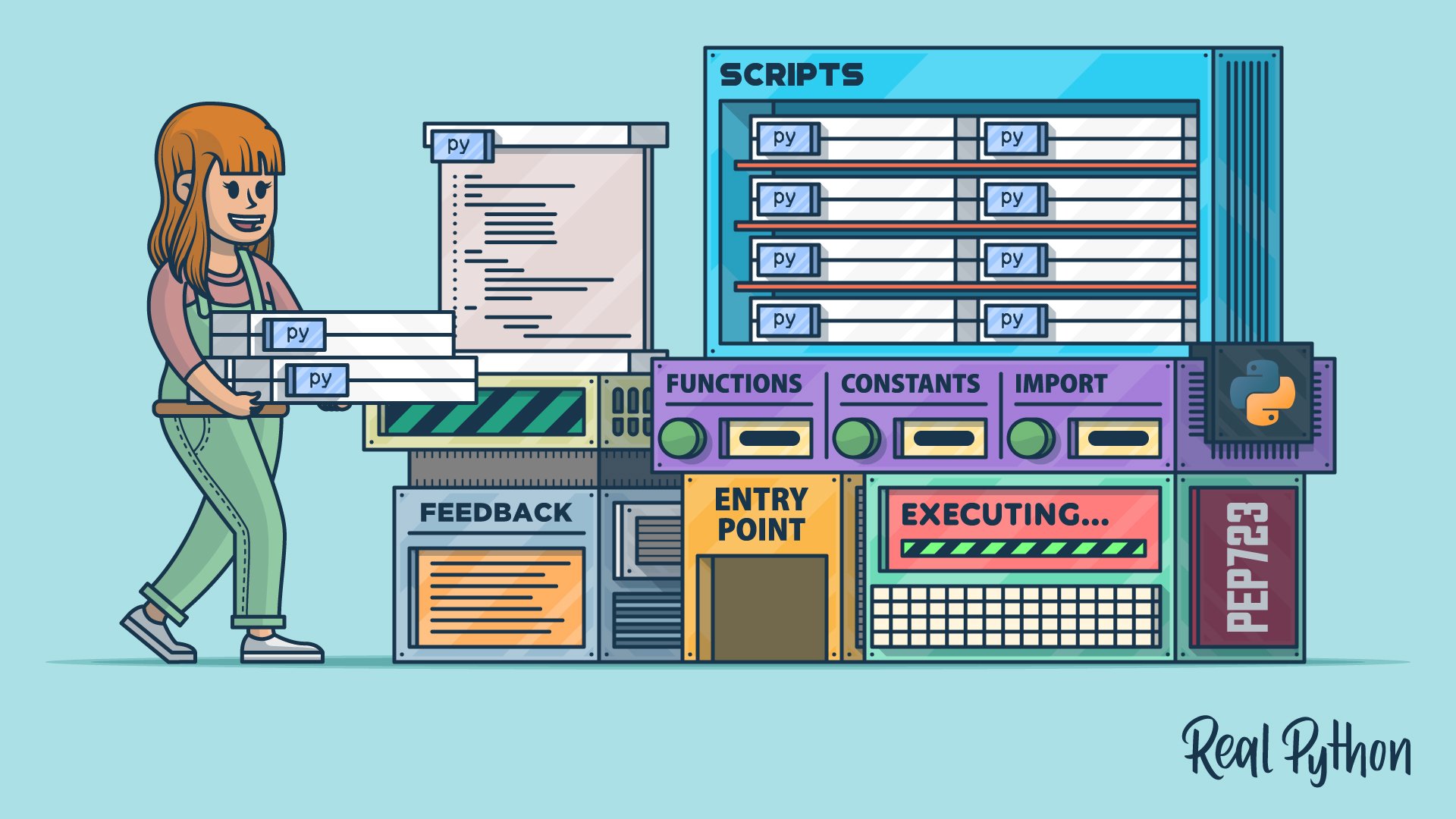
Image Credit: RealPython
How Can You Structure Your Python Script?
- Transitioning from interactive environments to structured scripts in Python is crucial for promoting readability and robust development practices.
- This tutorial helps transform messy scripts into well-organized, shareable code, incorporating standard Python practices and tools.
- Key learnings include organizing scripts logically, managing script state efficiently, enhancing interactivity with command-line arguments, and creating self-contained scripts with inline dependencies.
- The tutorial guides through steps like setting up the initial script, integrating external libraries, handling command-line arguments, structuring internal data, and enhancing feedback and robustness.
- A concrete script interacting with a web server to work with the Iris dataset is used to demonstrate these structuring concepts.
- Starting with the importance of the Shebang line for Unix-like systems, the tutorial covers organizing import statements following PEP 8 recommendations.
- The Shebang line, like #!/usr/bin/env python3, makes Python scripts directly executable from the command line without typing 'python'.
- Organizing import statements into standard library, third-party, and local imports helps in clarifying dependencies and improving code readability.
- Minimizing dependencies for easy sharing and structuring scripts for better collaboration are essential scripting practices emphasized in the tutorial.
- The tutorial offers a comprehensive guide on structuring Python scripts efficiently to enhance readability, collaboration, and development practices.
Read Full Article
13 Likes
Dev
1.9k

Image Credit: Dev
What is a coroutine object in python
- A coroutine is a special kind of function that can pause and resume its execution, allowing asynchronous programming.
- Coroutine objects represent tasks that haven’t run yet and must be awaited inside an async function to actually execute the code and get the result.
- When you call an async function, it returns a coroutine object, which needs to be awaited to run the code and obtain the result.
- In a FastAPI app, async functions return coroutine objects that need to be awaited so that FastAPI can send the actual data in the response.
Read Full Article
15 Likes
For uninterrupted reading, download the app